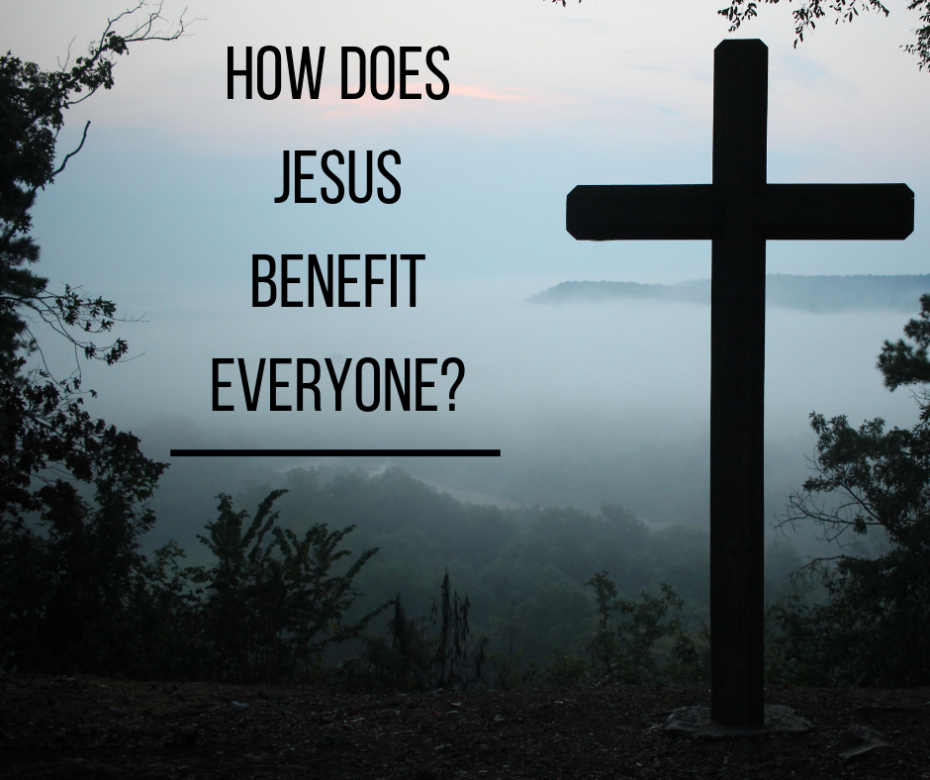I was talking to a friend about the different views of the atonement in Free Grace circles. We came around to the issue of potentiality versus actuality. What did the cross actually accomplish? What did it potentially accomplish?
I came up with an illustration for the differences of opinion that exist in Evangelical circles.
Imagine if poisonous snakes escaped from a pet store and bit everyone at the mall. Thankfully, there is a vaccine. It took years of research and millions of dollars, but a vaccine was developed. But who in the mall would get it?
In the Calvinist view, only the elect get the vaccine. Theoretically, there’s enough for everyone, but only the elect actually get it.
In the Arminian view, the vaccine is potentially available to all, but only believers actually get it.
In our Free Grace view…the story is a little more complicated.
In the Free Grace view I am defending, I have to change the scenario a little. It turns out, to be cured, you need more than one vaccine. In fact, you need three separate vaccines. Who gets them? It depends. The first vaccine is given to everyone in the mall, whether he wants it or not. The second vaccine is only given to people who meet a condition. And the third vaccine is only given to people who have received the first two vaccines and who also meet two more conditions.
Make sense so far?
Let me translate that into theological terms. Everyone agrees we’re all sinners (Rom 3:23). Everyone agrees if something isn’t done, we’ll be lost forever. So Jesus died on the cross for sin. But what did the cross achieve? And who gets the benefits?
Calvinists say there is one big benefit of the cross—i.e., salvation—and only the elect get it.
Arminians say there is one big benefit of the cross—i.e., salvation—and while it is potentially available to everyone in the world, only believers actually get it.
Admittedly, some Free Grace people take the Calvinist view of the atonement, while others take the Arminian view. The Free Grace view I defend differs from both. It begins by stating there is more than one benefit of the cross. And crucially, the different benefits are given to different people under different conditions.
For example—
First, there is the removal of judicial condemnation. Jesus took away the sin of the world (John 1:29). He did that for everyone, not just for some. He did it actually, not potentially. It is a done deal. No one in the world will ever be judicially condemned for sin. Jesus took it away.
Second, there is the gift of eternal life. That benefit is only given to believers (John 3:16-18). It is potentially available to all, but only believers get it.
Third, there is ongoing fellowship forgiveness. That is potentially available to all believers, but only those who walk in the light and confess their sins get it (1 John 1:7-9).
Those are three benefits, given to different people, under different conditions. There may be other benefits of the cross, but those are the main three. Do you see how this view differs from what we’ve inherited from the Reformation?
I think it is time for the Free Grace movement to rethink the Biblical evidence about the cross’s benefits. We need to ask some basic questions, such as: How many benefits are there? To whom are they offered? How do you get each one? Are there different conditions? Are the benefits conditional or unconditional? Permanent or temporary? For this life or the next?
Wouldn’t you benefit from a study of the cross’s benefits?


